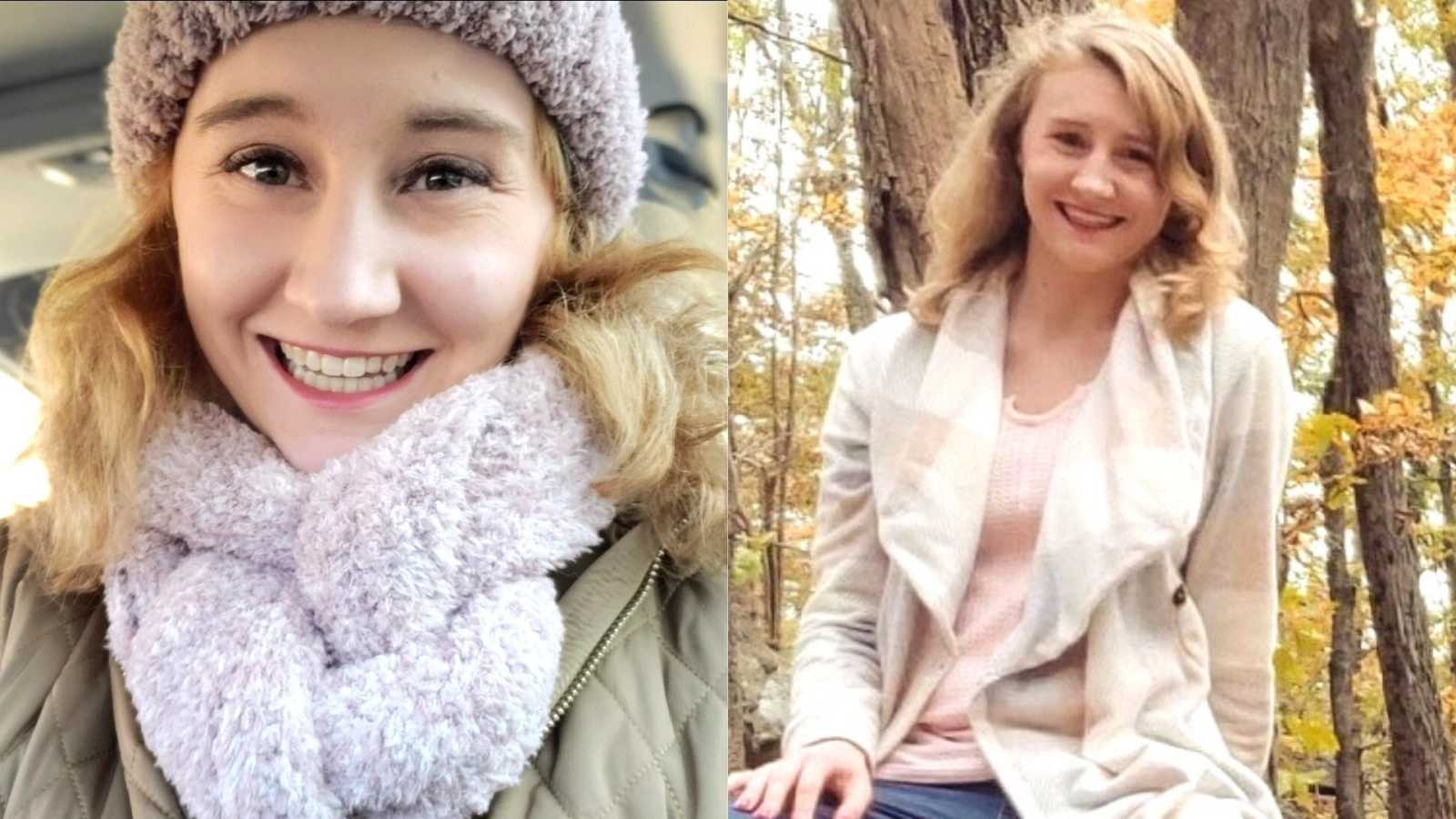“It all started when I went to the dentist. When I went to the dentist in 2019, I expected a routine cleaning. I leaned back in the mechanical chair when the hygienist asked to take my blood pressure. This was a new practice, but I agreed. The clip went on my finger and we continued to chat about our horses. After a moment, the sensor was beeping. Our conversation was interrupted when the hygienist suggested we should try again. We repeated the process to find the same results. My blood pressure was abnormally low. This was noted, then the cleaning was completed.
I went about my normal life after the refreshing session. I was a tour guide at a state park, I was visiting my horse almost every day, and I was succeeding in college as a public health major. I admit I can be quite shy, but there were issues I was not talking about—not even talking to myself about them. For approximately 9 months, I was experiencing daily headaches. When 3 o’clock was approaching, I would start bracing myself for the day’s headache. I was convincing myself this was due to stress. ‘It’s all in your head,’ I told myself. ‘No one gets headaches at the same time every day. You’re doing it to yourself. Just stop doing it. You don’t even look sick.’

When the world shut down in March of 2020, I was a senior in college. My internship was canceled, my pending job offers were rescinded, and my park job was on the non-essential list. As we know well, this was a stressful time for all. My headaches were still a part of my daily routine. I brushed them off previously, but at this point, I was telling myself I know they came from stress. When I would go see my horse for the day, I would try to schedule it between 2-5 p.m. so I could distract myself from bringing on another headache. It never made a difference. Through everything, I still managed to graduate at the top of my class as a member of the class of 2020. No, I did not have graduation, but I was able to be proud of my honor society memberships and published scientific articles—two of which were about COVID-19. Less stress equals fewer headaches, right?
I held on to this belief until I finally had my physical exam in late July of 2020. While sitting in the exam room, I confessed to my doctor I’ve been in pain every day for a year. Every afternoon at 3 p.m., I would get sharp, pulsing pain in the left side of my frontal lobe. Sometimes it would extend to my temporal lobes. My ears would ring. My eyes released tears. My sinus felt as if it had great pressure on it. This was more than a headache. I just didn’t want to admit it to myself. My doctor was very nurturing and understanding of my circumstances. This was addressed and blood was drawn. I was diagnosed with migraines, prescribed an anti-migraine drug, which later caused memory loss, then went on my way.
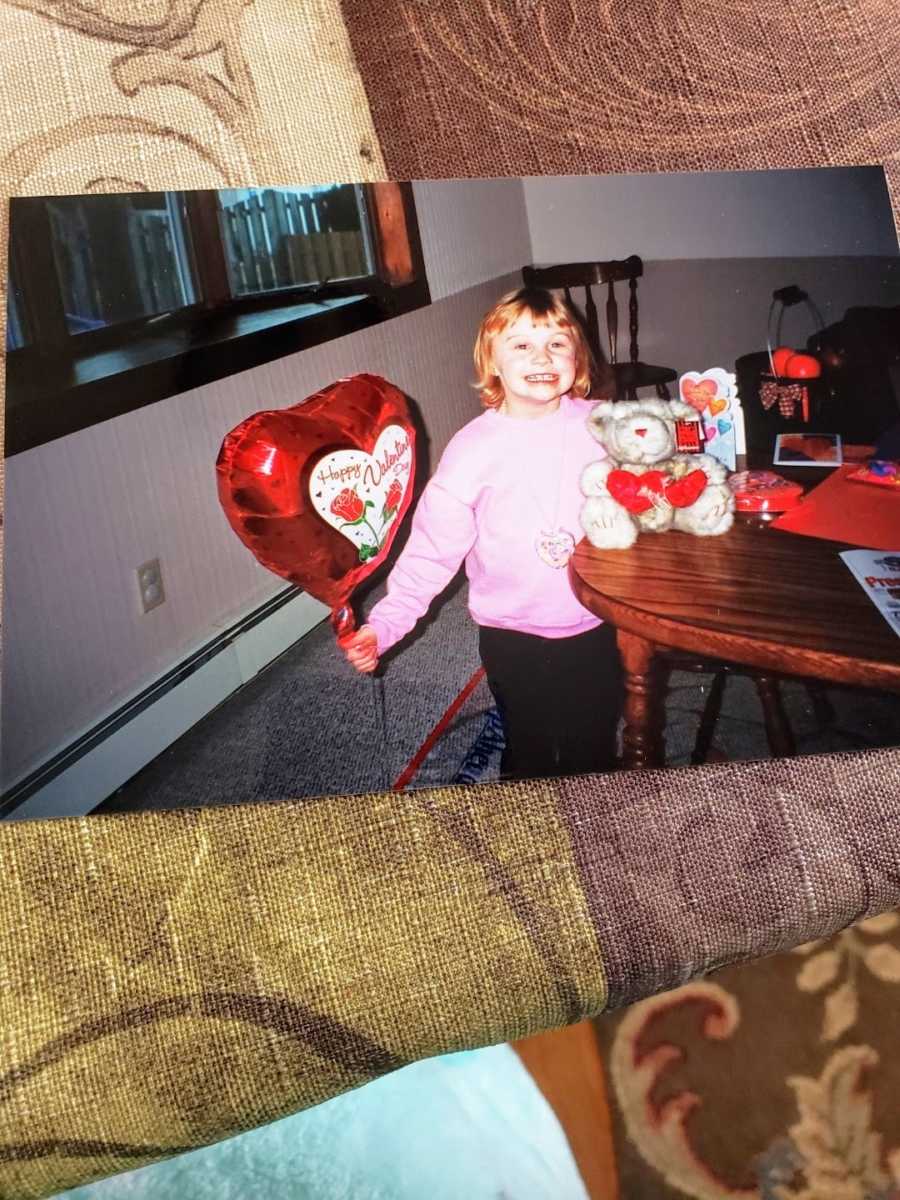
Less than a week later, my blood test results were analyzed. During a telehealth appointment, I was informed my blood levels were abnormal. While sitting in my dining room, I remembered what my dentist had told me a year before this interaction. My primary care doctor was concerned, so I was referred to a nephrologist. I was always very thirsty and would occasionally have back pain, but never considered seeing a kidney specialist. My appointment was booked 4 months in advance. In the meantime, I still had migraines. I started working for a ventilator company during a respiratory pandemic. The stress I graduated from was back.
August, September, and October passed with no major changes. My mother came with me on my first appointment with the nephrologist in November of 2020. He is an excellent doctor and someone who is very easy to talk to. I told him what I experienced for over a year. He carefully listened to my concerns. This was the first time I felt like I sincerely connected with a doctor. I felt understood in a way I had not previously experienced. I believe this was because it was the first time I was being honest about my conditions. I was comfortable. Releasing my thoughts and reciting the list of symptoms I kept in my phone was therapeutic. It was then his turn to explain my kidney concerns. Before he could diagnose anything, he ordered the longest blood panel I have ever had. We concluded the appointment by circling back to my brain pain. I received a referral for a neurologist.

A few weeks later, I would be diagnosed by both my nephrologist and my neurologist—within 2 weeks of each other. I do not recall the exact day I was told, ‘So, you do have kidney disease,’ nor do I remember the exact date I learned, ‘Getting migraines at the same time every day is the biggest symptom of cluster migraines.’ I was off of the medication that caused me to lose my memory, but the side effects were still present. I do remember these diagnoses came 2 weeks apart. First, it was my brain, then my kidneys. I was not sad to be diagnosed. I was not angry. In fact, I was relieved. My issues were real. This was not in my head, as I convinced myself it was. My issues were in my head because my brain was hurting. Just because an issue is in your head does not mean it is not real.
I disregard the fact I was only 23 years old when diagnosed. I’ve taken classes on health statistics. I know it’s unusual. It doesn’t matter to me. It seems strange to say I felt joy when being diagnosed. My kidneys are always on my mind. I am aware this is a condition that is chronic. My cluster migraines are managed better now. It has taken almost a year of trying different medications to control my trigeminal nerve. This does not stop me from living my life. Yes, I am a patient. I am also a young adult with a blossoming career. I work in nursing now. Each day, I witness patients experiencing what I did. They do not know my story, but because of my past, I strive to provide the best possible care. I have been in their shoes. I still am.
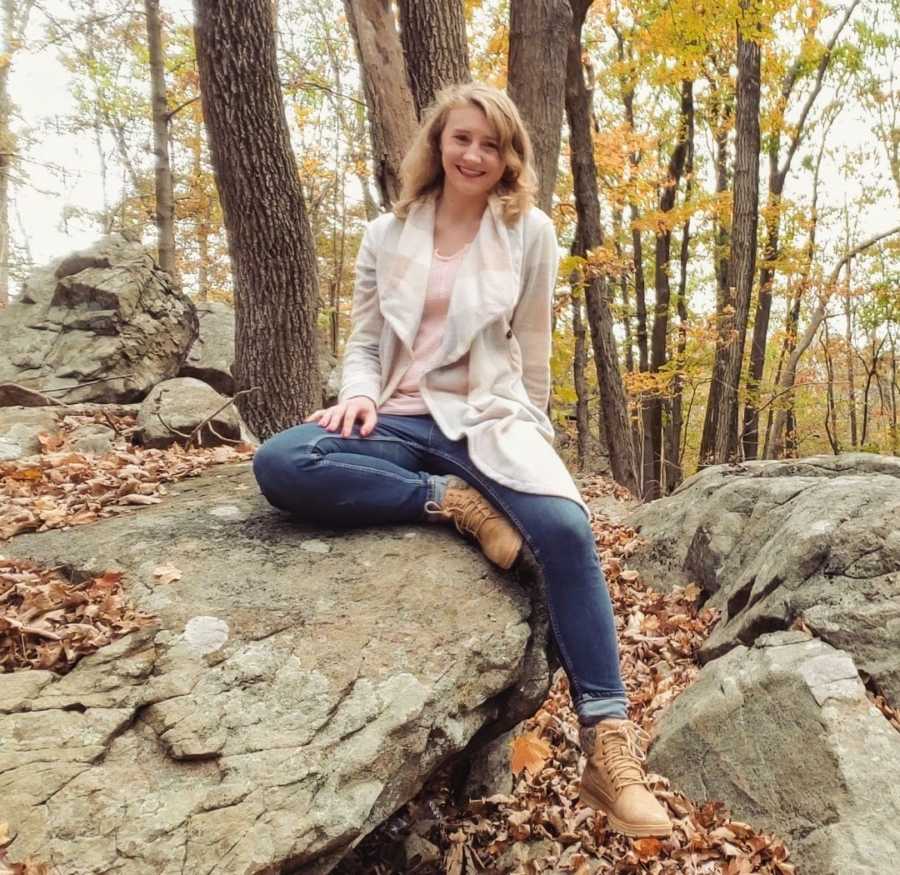
Although I have accepted my diagnosis, I am not immune to feeling preoccupied at times. My kidneys are functioning. I am aware this may not stay true for my whole life. This makes me uncomfortable. I am an optimistic person, and I truly believe life is how you perceive it. I know I am not the only one who feels nervous when comprehending the words ‘kidney disease’ together. Health education and literacy were the core values of my public health program at William Paterson University. The professors emphasized how public health impacts everybody on some level. I have recently adopted this logic regarding my health concerns. I started an Instagram profile to blog about my thoughts and practices. By sharing my journey, I hope to assist others who have similar experiences. ‘All in Ali’s Head’ is not just about me. It is about everyone with invisible illnesses.
Invisible illnesses are defined as ‘a physical, mental, or neurological condition that is not visible from the outside, yet limit a person’s movements, senses, or activities,’ according to invisibledisabilities.org. I did not consider myself ill for over a year because I did not look sick enough. As I have learned more about my diagnoses and myself, I now see how flawed my logic was. I was in my early twenties. I did not have any pre-existing conditions. I am athletic. ‘How could I get sick? This doesn’t happen to people like me,’ I repeatedly told myself prior to facing my fears.
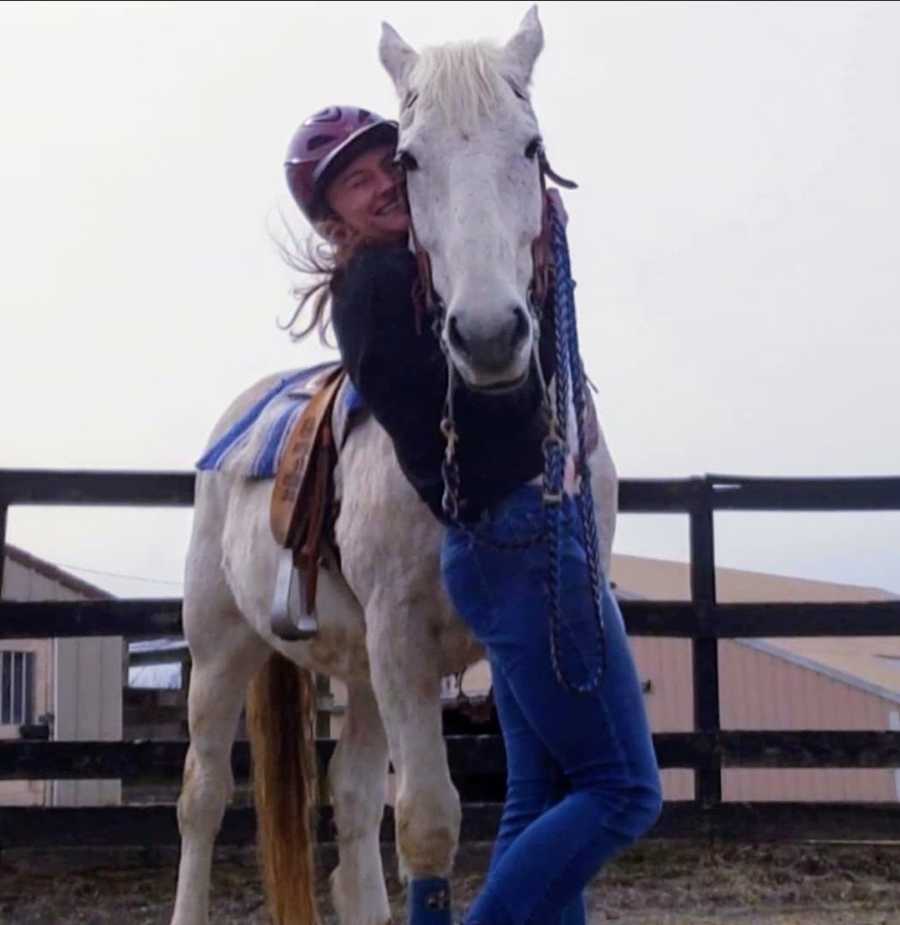
Had I known about invisible illnesses, I may not have been so hard on myself. I was blaming myself for feeling inadequate. I was never lazy. I was ill. Upon learning more about invisible illnesses, I am proud to be an advocate. My aforementioned feelings ring true—I was relieved to be diagnosed. I did not feel crazy any longer. Yes, it technically was all in my head after all. My brain needed help. My kidneys needed support. I mentally needed the evidence my symptoms were real. One’s appearance outside does not always represent what is happening internally. Invisible illnesses are valid. They are real. I am not invisible.”
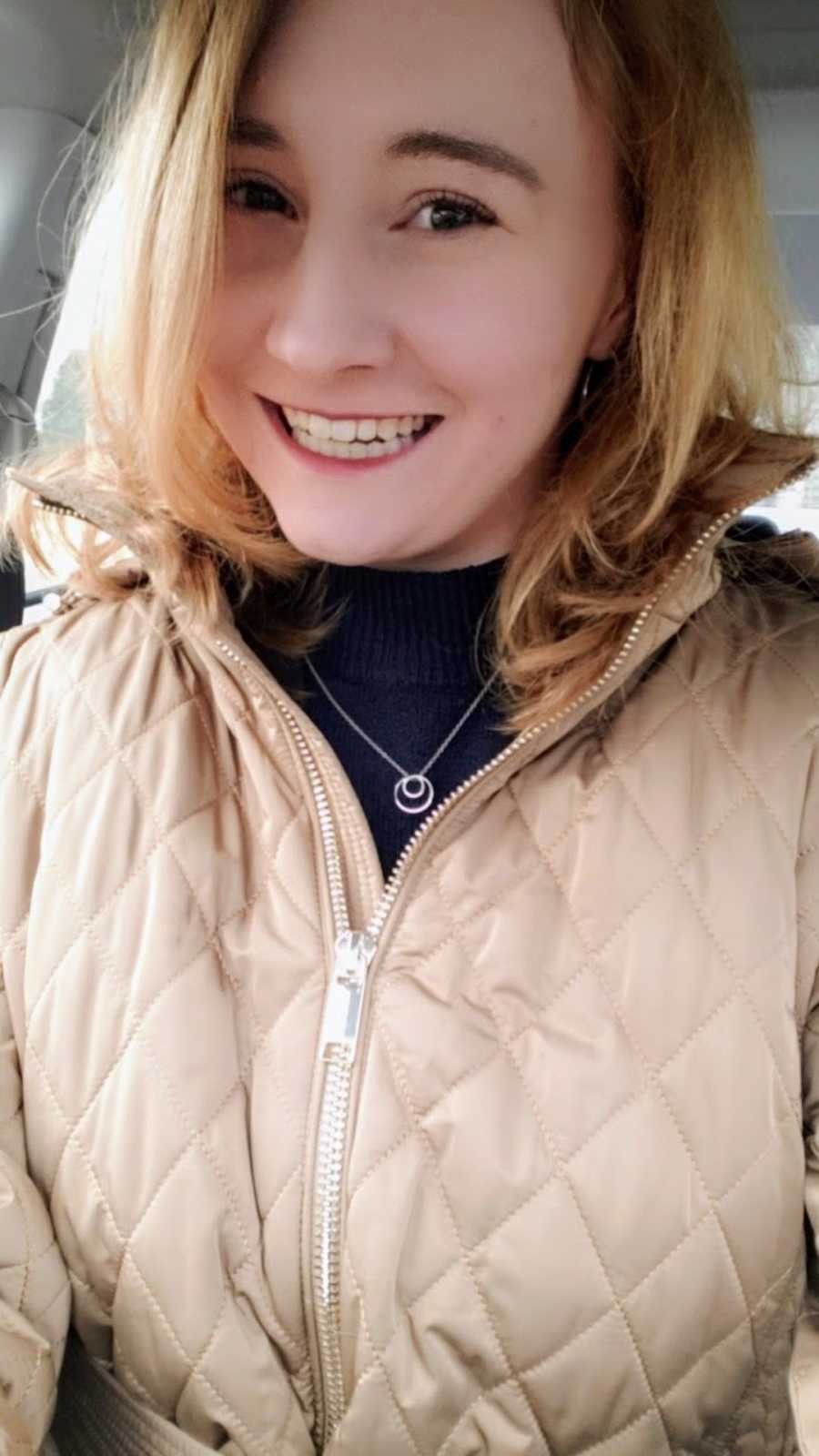
This story was submitted to Love What Matters by Alison Shea of New Jersey. You can follow her journey on Instagram. Submit your own story here, and be sure to subscribe to our free email newsletter for our best stories, and YouTube for our best videos.
Read more stories about invisible illnesses:
Do you know someone who could benefit from this story? Please SHARE this story on Facebook.

